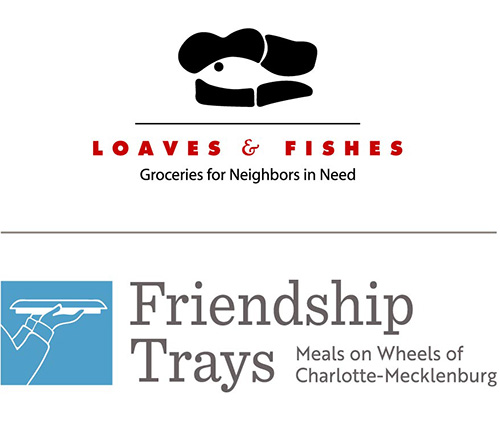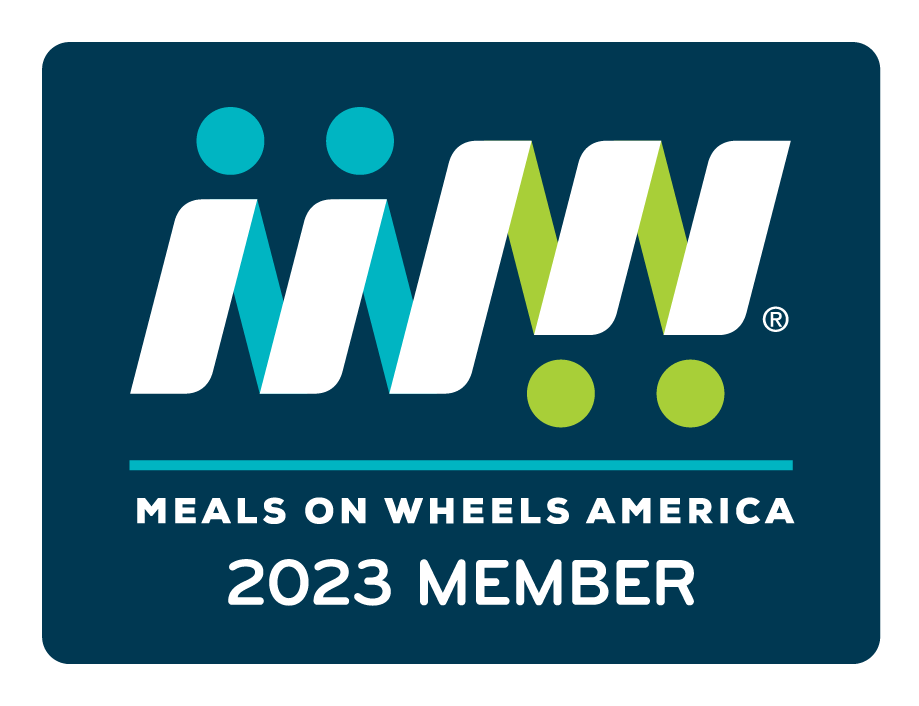Turn Your Victory Garden into a Giving Garden
Last year, we planted gardens to help our own food shortages. This year, let’s plant to help others.
By Jen Tota McGivney for Southern Living, May 10, 2021
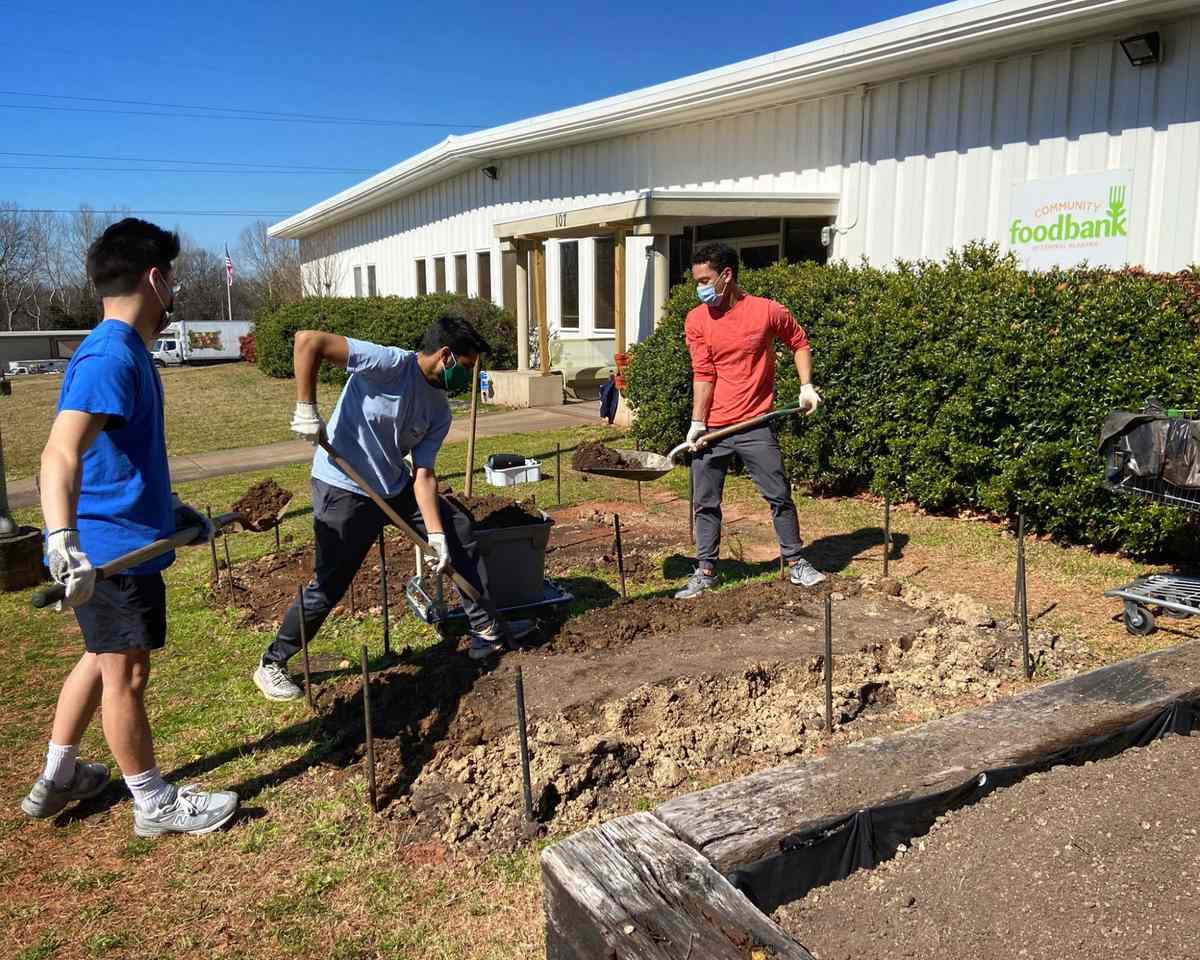
CREDIT: COMMUNITY FOOD BANK OF CENTRAL ALABAMA
Last summer at a mobile food pantry, a woman looked inside the bag of donated food she received and cried.
Tina Postel had just given her the bag. Postel, executive director of Loaves & Fishes, a network of emergency food pantries in Charlotte, N.C.—asked the woman if she was OK. It was the oranges, she told Postel. The previous week when her children asked for apples, she had to tell them that she couldn’t afford fresh foods. But this week, the woman said through happy tears, she could give her children oranges.
“Non-perishable food is great because it lasts longer, but if you want to see a client’s eyes light up, you should see them when they’re getting fresh potatoes or squash or lettuce or oranges… It’s like dessert for many folks who are struggling with food insecurity because fresh produce is so expensive,” Postel says. “It shouldn’t be this way, but fresh produce is a luxury item.”
Imagine growing something in your backyard that would make a parent weep in gratitude. That’s the central idea behind a movement: Turn last year’s victory gardens into this year’s giving gardens.
Last spring, empty grocery shelves inspired many people to discover their green thumbs. Victory gardens trended alongside homemade bread and Zoom trivia, as people planted food to help them overcome food shortages.
What if, now that grocery shelves are full again, those victory gardens become giving gardens? What if, instead of planting gardens to help our own food shortages, we plant gardens to help others?
The idea of a giving garden is this: A percentage of the harvest becomes a gift to others in need. And this year, many people are in need. Food scarcity surged during COVID-19 and hasn’t subsided. In the Charlotte area alone, Loaves & Fishes feeds 80,000 people during a typical year—enough to fill Bank of America Stadium. Last year, that number rose to 120,000. Postel expects that level to continue in 2021.
The good news, however, is that one weapon against food insecurity can grow in yards and on patios, and it can happen one tomato or zucchini at a time. Many food pantries value donations from backyard gardeners.”If you have one zucchini to share, we will take one. If you have 20 to share, we’ll take all 20,” Postel says.
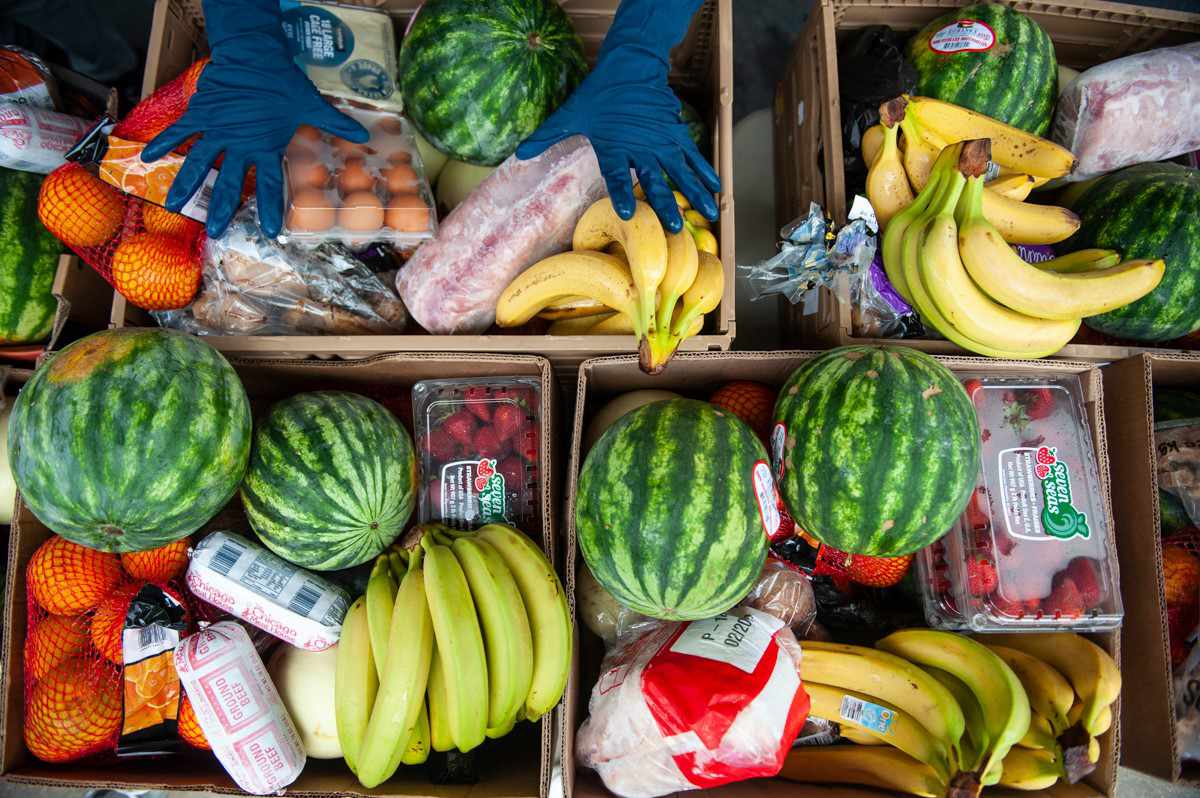
CREDIT: LINDSAY KAPPIUS
The concept of a giving garden isn’t new. It dates back to the Middle Ages, when people tithed to churches with agricultural products from their farms, not money.
For generations, Sue Knight’s family has grown giving gardens, even if they didn’t call them that. As they struggled through the Depression, her grandparents fed their family from the garden in their quarter-acre yard. They donated extra vegetables to the church food pantry and traded with neighbors for their produce and meat. When Knight grew up, her parents did the same. Backyard gardens, combined with generosity, kept the community well fed, even in times of need.
When Knight started her own garden as an adult and donated the produce, she realized how rare that’s become.” The first time I went to donate, it broke my heart,” she says. “Most of the donations they received were carbs. They were stale cakes, shelf-stable meats. There was nothing in there that was fresh.”
When Knight moved to Mountain Brook, Alabama, last year, she called Community Food Bank of Central Alabama to ask where to donate her produce. She learned that the food bank, like most, rarely receives donations from backyard gardeners. Knight got to work: She planted eight raised beds in her yard and donated 90% of her harvests. She also helped build a garden at the food bank, where she volunteers with special needs students to grow food for those in need.
Community Food Bank of Central Alabama already supplies tons of produce (literally, tons) to Alabama communities through 259 agencies in 12 counties. Almost all of that produce comes from partnerships with grocery stores and farmers – yet they’d like to give even more.
“People are surprised at how much fresh produce we’re able to give,” says Nicole Williams, the director of development at the organization. “We have a commitment to make sure we’re giving healthy meals… We want people to not only get canned goods but a lot of really beautiful vegetables.”
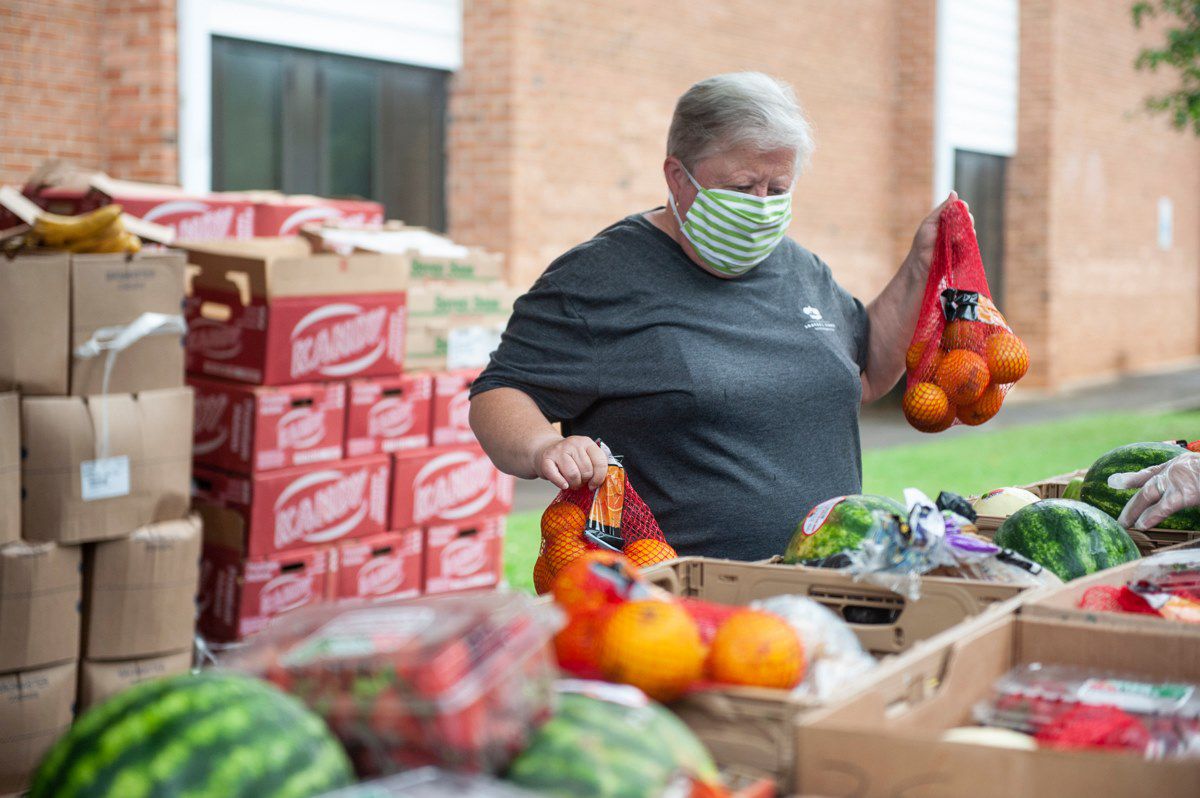
CREDIT: LINDSAY KAPPIUS
Still, Williams says that they’d love to receive donations from more backyard gardeners like Knight, whose donations could help them meet the 126% increase in demand they’ve seen since COVID-19. Last year, the organization provided more than 21 million pounds of food to area families; to meet the actual need, however, they would’ve needed 55 million pounds.
“We’re always trying to promote healthy eating, and especially during the summer when we’re feeding a lot of kids that are out of school for the summer,” Williams says. One in four children in Central Alabama has food insecurity. “There’s a huge need.”
This is more than a food issue. It’s a public health issue. About one in ten Americans has diabetes, and heart disease is the leading cause of death for Americans, causing one death every 36 seconds. Both conditions are more prevalent in people with lower incomes, who are more likely to rely on food donations. When those donations are mostly canned items (high in sodium) and shelf-stable pastries (high in sugar), it compounds public health problems.
The pandemic focused attention on these health disparities. Good health—like fresh produce—began to seem like a luxury item, afforded to those with greater means.
“Throughout COVID, think of all of the complications and all of the potentially unnecessary deaths due to underlying conditions, like type 2 diabetes, which can be nutritionally based,” Knight says. “People are eating what they have access to, and many don’t have access to fresh foods. They feed their families with whatever they can get and whatever they can afford.”
If more backyard gardeners shared some of their harvests with those in need, Postel imagines a community-changing possibility.
“[Donating more produce] is going to impact the overall health and wellness of our community,” Postel says. “When we survey our clients, 68% of them report being diagnosed with one or more chronic diseases…. What I would want a gardener to know is that the little tomato they choose to donate to a neighbor in need is not only going to feed somebody, but it’s going to nourish them.”
Knight reminds people how much food can grow in small places, and how much potential each person has to help, whether they have a big garden or a few containers on a patio.
“A lot of people are really intimidated about trying to grow your own vegetables, but really, you can plant a cherry tomato plant in a five-pound bucket and feed a bunch of people with it,” Knight says. “You can plant two zucchini plants and feed the whole neighborhood.”
Giving Garden Tips:
- Time Donations Well: Pick a little early and donate quickly to maximize time food stays fresh.
- Find the Right Food Pantry: Some pantries lack refrigeration; find one that accepts produce.
- Give What You Can: You don’t need a huge harvest; even a few veggies will help others.
- Share with Neighbors: If you can’t donate to a food pantry, share extra produce with neighbors.
- By Jen Tota McGivney
 menu
menu
